earthquake
Latest
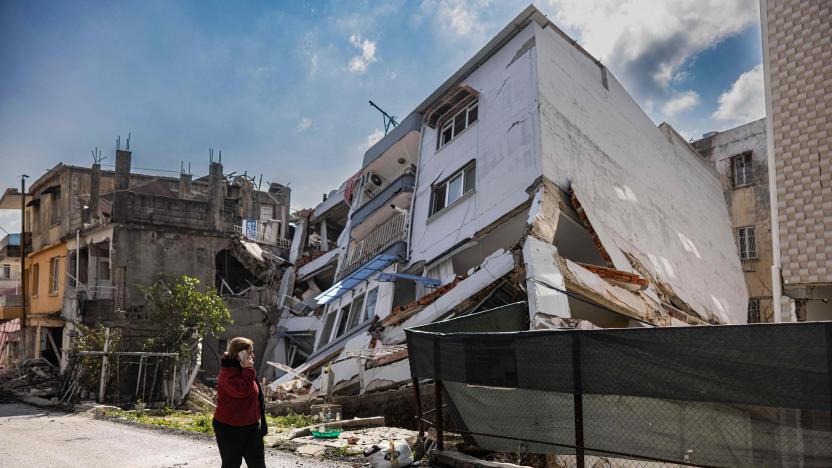
Android's earthquake warning system failed in Turkey, according to the BBC
The Android earthquake alert system may not have properly warned people in Turkey, according to an investigation.
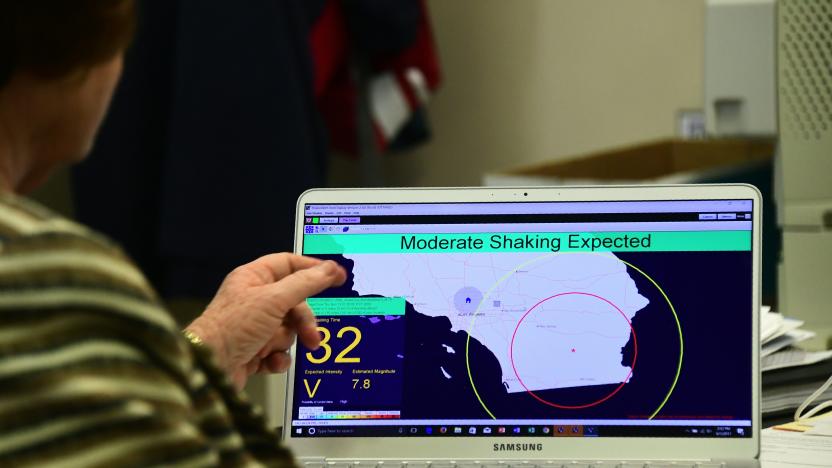
USGS earthquake warning system expands to cover entire West Coast
Washington residents will now receive mobile alerts about impending shaking.
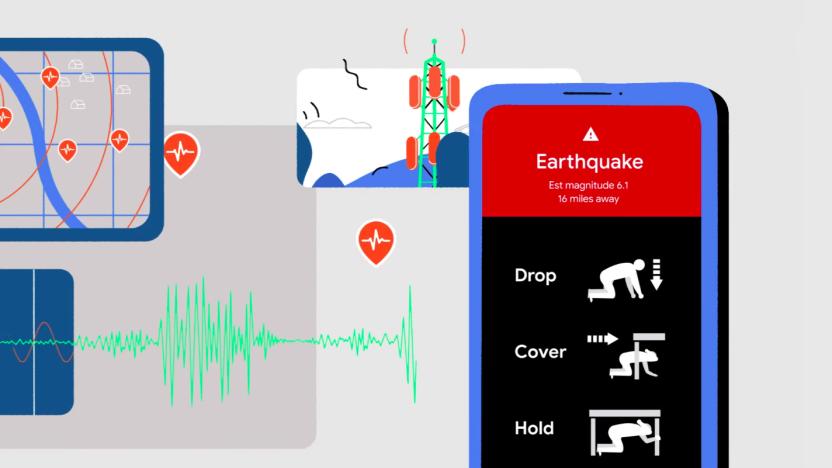
Android earthquake alerts are now live in Greece and New Zealand
Google is rolling out its Android earthquake detection feature in New Zealand and Greece after launching the system in parts of the US.

Google turns Android phones into an earthquake detection network
“Your Android phone can turn into a mini seismometer, joining millions of other Android phones out there to form the world’s largest earthquake detection network,” Stogaitis said. Google will use your phone’s accelerometer to detect the movement. Google had more to share today.
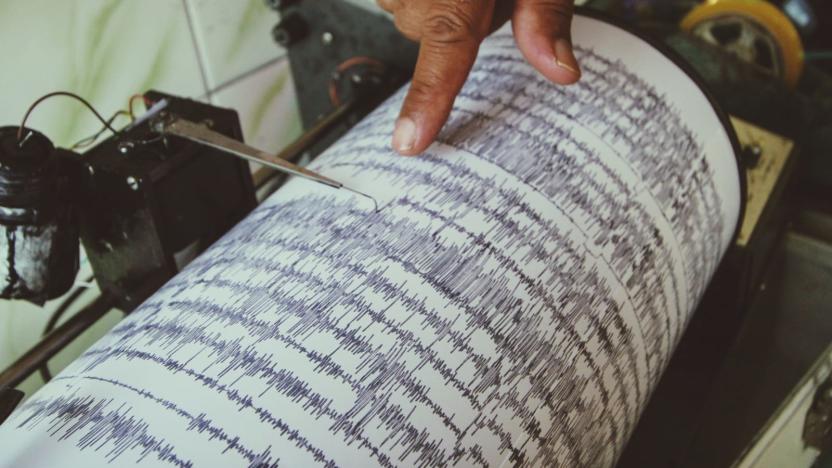
AI can help find more places to store captured CO2 underground
Scientists dream of storing captured CO2 emissions underground, but it can be tricky to find pockets for storing those emissions -- Earth's seismic "hum" makes it difficult to spot the low-frequency waves that would best help map the subterranean landscape. That might not be a challenge in the future thanks to AI. MIT scientists have developed a machine learning system that uses earthquakes to accurately estimate those low-frequency waves and map underground structures. The trick, according to researchers, was in the training.

California's statewide Earthquake Early Warning system sent its first alert
Two months after expanding across California, the state's Earthquake Early Warning system sent out its first real alert, notifying residents of shaking in Monterey and San Luis Obispo counties, along the San Andreas fault. While the quake eventually registered at 4.3 on the Modified Mercali scale, the USGS data shows it was initially estimated at 4.8, high enough to warrant an alert.

Xiaomi is adding early earthquake warnings to MIUI phones in China (updated)
Xiaomi smartphone and set-top box owners in China will soon have access to potentially life-saving early earthquake warnings right on their devices. At its annual Mi Developer conference in Bejing, the Chinese electronics company said its MIUI 11-based smartphones and Mi TV set-top boxes now include an early earthquake warning feature. Xiaomi claims the system is able to deliver warnings "seconds to tens of seconds" before an earthquake arrives. The company has rolled out the feature in China's Sichuan province first, which is one of the country's more earthquake-prone regions, and plans to make it available to all Chinese users in the future.

California's Earthquake Early Warning system rolls out statewide
As expected, today California governor Gavin Newsom announced the launch of a statewide Earthquake Early Warning System. Based on reports from sensors embedded in the ground across the state, it can detect tremors and deliver warnings to mobile phones using the Wireless Emergency Alert system or the MyShake app (Android, iOS). This system is launching on the 30th anniversary of the Loma Prieta quake in 1989, and if this system had existed then, people attending the World Series game at Candlestick could've been notified up to 15 seconds before the quake's tremors actually reached them.
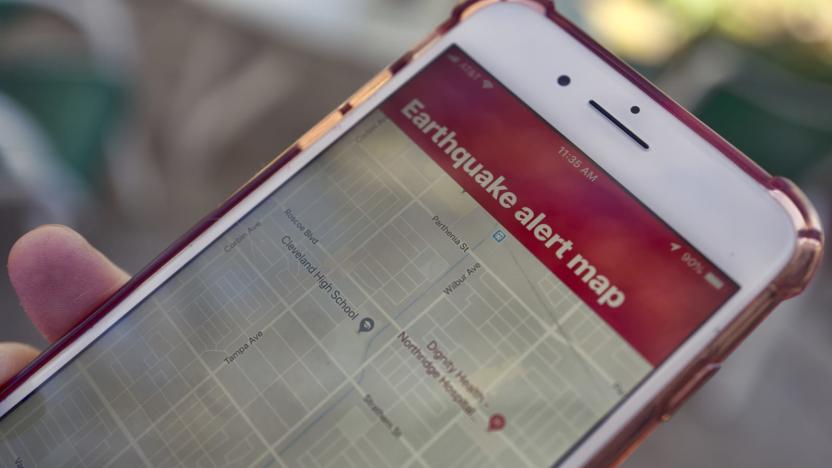
California's statewide earthquake alert system launches Thursday
In Mexico and Japan, warning systems that send out alerts for seismic events have been in place for years, but a similar setup for California has been long-delayed. Finally, on Thursday the first statewide Earthquake Early Warning System will go online. Until now, large-scale alerts have only been available in LA County, where they haven't been triggered yet. As the LA Times reports, Thursday is the 30th anniversary of the Loma Prieta earthquake, where energy from a tremor under the Santa Cruz mountains took up to 35 seconds to reach the northern edge of San Francisco. While the ShakeAlert system California will rely on can't predict earthquakes, it can feel them thanks to monitoring stations and send out messages using the MyShake app (click here to install of Android or iOS) or Wireless Emergency Alerts (like an AMBER Alert) that can give people time to prepare before the quake's energy reaches them.
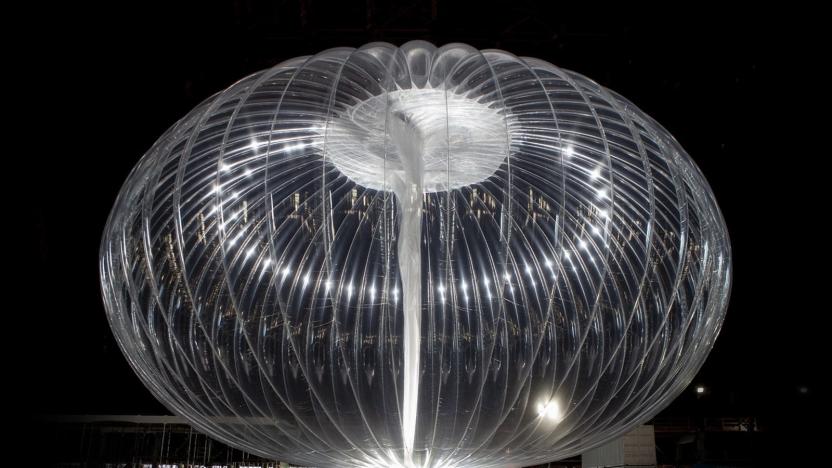
Alphabet's balloons broadcast LTE two days after Peruvian quake
When a magnitude 8.0 earthquake hit Peru Sunday, the Alphabet spinoff Loon was quick to respond. Within 48 hours, Loon delivered its internet-relaying balloons and began providing LTE coverage to users below. While more balloons are on the way, Loon says the speed at which it responded is a testament to the company's potential.

The ancient earthquake detector that puzzled modern historians
Modern seismographs are extremely sensitive pieces of equipment. By recording the slightest movements of laser light or magnets, these devices can detect the smallest of rumbles even when we can't sense them. There are networks of thousands upon thousands of seismographs set up across the globe that can accurately determine the epicenter of an earthquake -- its point of origin. And with all the data these clusters produce, we are constantly improving our understanding of these geological events, developing early warning systems and figuring out how to build the safest structures. We have technology on our side, of course, and yet the design of the earliest earthquake detection device isn't that different from today's versions. Only it was created nearly 2000 years ago, before people even understood what an earthquake was.
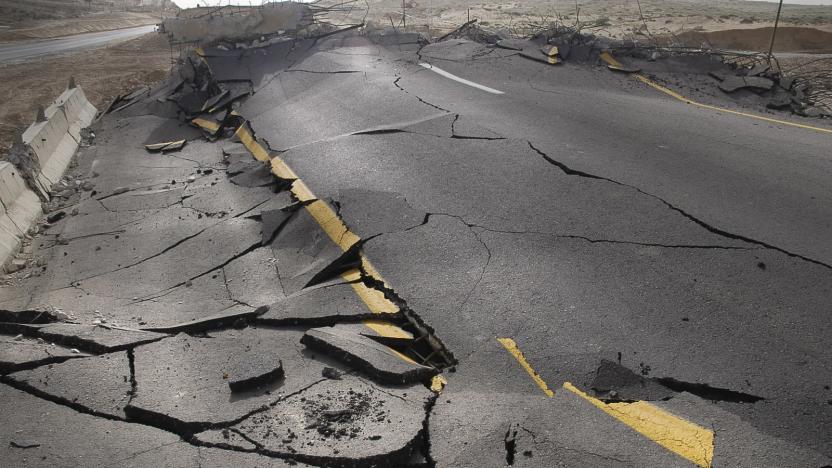
Google and Harvard use AI to predict earthquake aftershocks
Scientists from Harvard and Google have devised a method to predict where earthquake aftershocks may occur, using a trained neural network. The researchers fed the network with historical seismological data, some 131,000 mainshock-aftershock pairs all told, and more accurately predicted where "more than 30,000 mainshock-aftershock pairs" from an independent dataset occurred, more accurately than previous ways like the Coulomb forecast method. That's because the AI method takes multiple aspects of stress shifts into account versus Coulomb's singular approach.

Japan's disaster alerts will work with all Android 8.1 phones
Japan gets a lot of natural disasters. Combine the threat of earthquakes, tsunamis and typhoons (however mild), and it's easy to see why the Japanese government offers alerts across TV, radio and your mobile phone. Those smartphone alerts were usually baked in by carriers, which means if you had an unlocked phone, or a phone that's running on one of several MVNO phone carriers, you would miss out on the potentially lifesaving heads-up.

Gravity waves could help scientists detect earthquakes faster
Tracking minor changes in gravity when an earthquake hits could buy us precious life-saving minutes, according to a new study published in the journal Science. Revisiting data from the huge 2011 Japan earthquake, the researchers indicate that shifts in gravity could've told people the scale of the quake three minutes after it began. The findings come on the heels of a separate study (presented at the annual meeting of the Geological Society of America) that theorized that 2018 would see a surge in earthquakes, due to a slight slowing of the rotation of the Earth.

Fiber optic lines can double as earthquake detectors
You might not need an extensive sensor network or a host of volunteers to detect earthquakes in the future -- in fact, the lines supplying your internet access might do the trick. Researchers have developed technology that detects seismic activity through jiggling in fiber optic lines. Laser interrogators watch for disturbances in the fiber and send information about the magnitude and direction of tremors. The system can not only detect different types of seismic waves (and thus determine the seriousness of the threat), but spot very minor or localized quakes that might otherwise go unnoticed.

Earthquake science explains why election polls were so wrong
Polls are not predictors. This is the message that American University history professor Allan Lichtman has been screaming at the world since 1981: It's not that the polling system itself is broken -- instead, polls behave exactly as they're designed. The problem is they aren't designed to predict the outcome of elections. "Polls are snapshots," Lichtman says. "They are not predictors. They are abused and misused as predictors because they're so easy. If you're a journalist, you don't even have to get out of bed in the morning to write a story about the polls and tell where the so-called 'horse race' stands." Lichtman has accurately predicted the winner of the nine US presidential elections since 1984, relying on his 13-point Keys to the White House model. He even got it right this year, when most pundits and polls were wildly, disastrously incorrect. But Lichtman didn't just get it right; he predicted in September that Donald Trump would win the presidency, more than a month before Election Day. That was also before a swathe of potentially game-changing October surprises rocked the news cycle, including a tape of Trump bragging about sexually assaulting women and FBI director James Comey reigniting conspiracies about Hillary Clinton's use of a private server as Secretary of State.
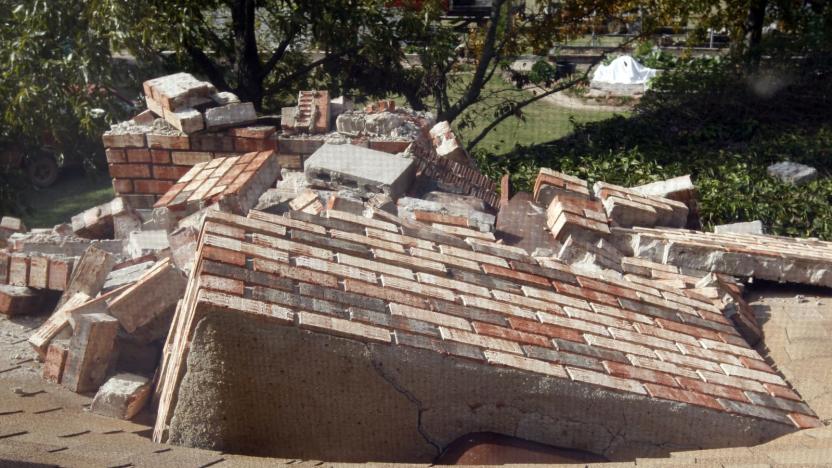
Satellites could predict the next human-caused earthquake
Back in March, the US Geological Survey (USGS) changed its method of tracking earthquakes to include human-induced seismic activity. Suddenly, Oklahoma looked as tremor-prone as California, mainly due to the spread of wastewater disposal wells in the state. A team of geophysicists set out to build a model to predict this seismic activity. In their report released today in the journal Science, they analyzed three years of satellite radar data linking land deformation above wastewater disposal to earthquakes in the surrounding area.

Italian earthquake victims asked to disable WiFi passwords
Early Wednesday a 6.2 magnitude earthquake struck central Italy, killing at least 120 people and trapping countless others under debris. To help ease communications for search and recovery, multiple disaster relief institutions are urging locals to temporarily remove their WiFi passwords.

Google puts earthquake data directly in search results
For anyone who has had the pleasure of waking up to a rumbling apartment building, only to Google the USGS Earthquake map, the search giant is now saving you another click in your search results. Starting today, a Google search for "earthquake" or "earthquake near me" will put that same US Geological Survey data right in your search results.

Sony, car makers halt production after Japan earthquakes
Southern Japan has been hit by two serious earthquakes in a matter of days, and those back-to-back disasters may have a significant impact on the tech industry. To start with, Sony has temporarily shut down factories making smartphone camera sensors in Kumamoto and Nagasaki over concerns of possible damage. The company has some inventory to help weather the storm, but it won't have an update until April 18th at the earliest. Any extended downtime could be a problem for the mobile world -- some of the biggest phone makers (including Apple) rely on Sony's sensors, and any significant snarls could hurt their ability to build phones.












